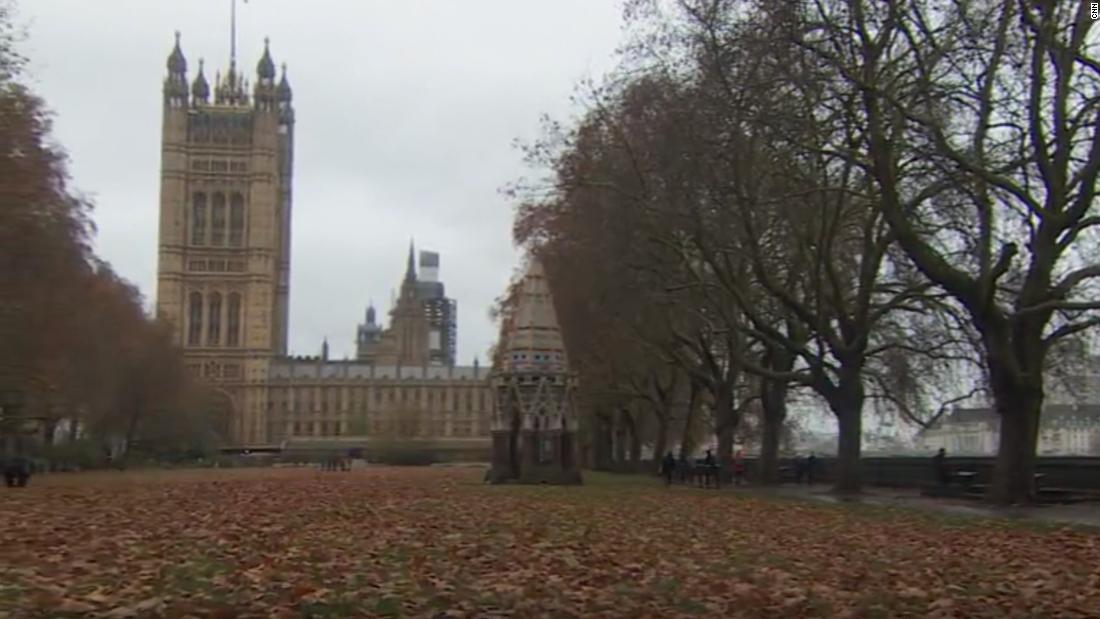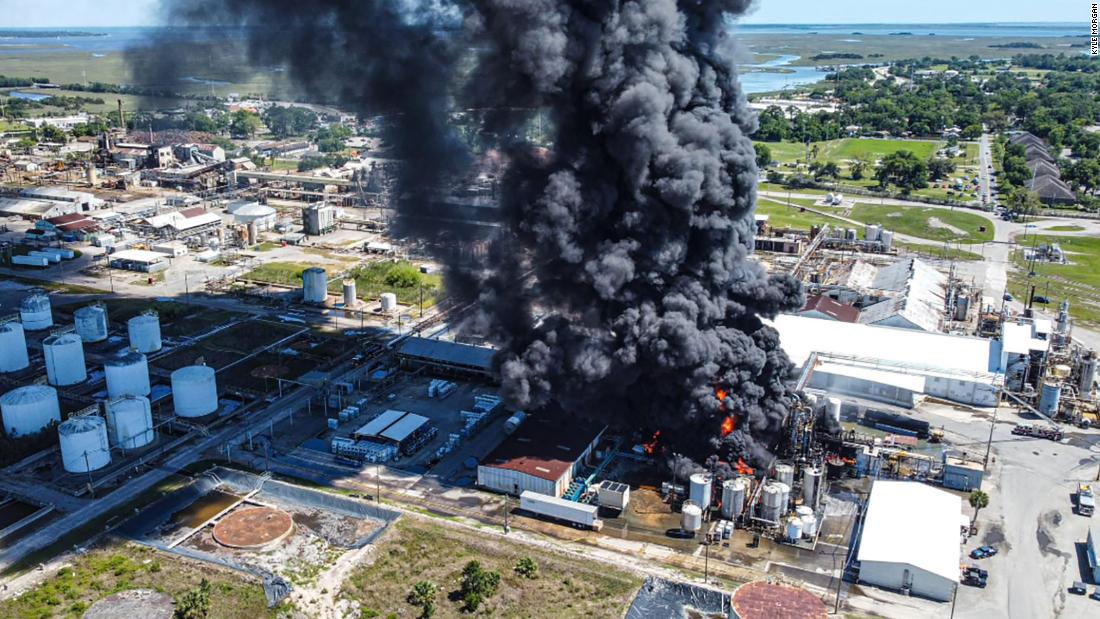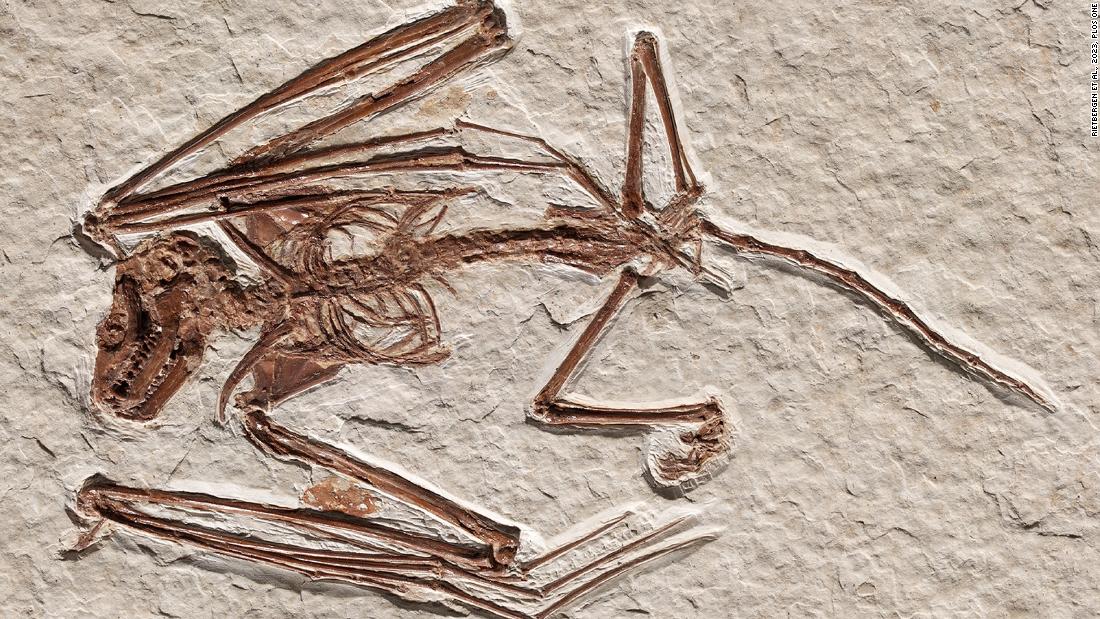TUCKED away in one of the most remote corners of the United States is a town like no other.
Its entire population lives, works, and socialises under one roof, navigating daily life within the walls of a single 14-storey building.
Whittier, Alaska, has its entire population living inside the Begich Towers
The tower block houses apartments and most of the town’s services
This is Whittier, Alaska, home to all 263 residents and the iconic Begich Towers.
Built during the Cold War as an Army barracks, the structure now serves as a self-contained community hub, housing apartments, a post office, grocery store, health clinic, church, and even a police station.
This unique living arrangement creates a sense of camaraderie among residents and fosters a lifestyle that blends isolation with connection.
But Whittier’s appeal lies not only in its remarkable community but also in its rich history and strategic importance as a gateway to Alaska’s wilderness.
Whittier’s story begins with the Chugach Natives, who used the area as a crucial portage route to access Turnagain Arm.
This natural passage connected the waters of Prince William Sound to the Alaskan interior, enabling trade and transportation.
In the mid-20th century, Whittier’s role shifted dramatically.
During World War II, the US Army recognised the town’s strategic location.
Surrounded by mountains and often shrouded in cloud cover, Whittier was an ideal, nearly invisible port for military operations.
The construction of the Federal Railroad in 1943 further bolstered its importance, allowing cargo, troops, and supplies to be transported efficiently.
Two iconic structures define Whittier’s wartime legacy: the now-abandoned Buckner Building, once dubbed a “city under one roof” for its self-contained facilities, and the still-thriving Begich Towers, originally built to house military personnel.
The Begich Towers even have their own post office
The Kozy Korner is Whittier’s vital grocery storeHollie King
Visitors dining inside Whittier’s Swiftwater Seafood Cafe
The town’s resilience was tested in 1964, when the Good Friday Earthquake – the most powerful quake in North American history – unleashed tsunamis that caused significant destruction.
Despite the devastation, Whittier rebuilt and transitioned from a military base to a civilian town, incorporating as a city in 1969.
UNDER ONE ROOF
Begich Towers isn’t just a residential building but also Whittier’s heartbeat.
Within its walls are essential services like a grocery store, school, post office, and even the town’s police department.
This centralisation is practical, especially given Whittier’s often harsh subarctic climate, where heavy snow and powerful winds can isolate the town for weeks.
Residents describe life in Begich Towers as both convenient and community-driven.
Common areas encourage social interaction, and the building hosts frequent events, from barbecues to holiday celebrations.
The close quarters foster strong relationships, making Whittier feel like an extended family.
AlamyResidents have made sure to have all necessary facilities inside the tower block to survive the harsh winter months[/caption]
AlamyWhittier has been dubbed ‘Alaska’s weirdest city’[/caption]
Indie Alaska / YOUTUBEThe abandoned Buckner Building is one of the town’s historical buildings[/caption]
A SCENIC BACKDROP
Whittier’s location at the head of Passage Canal offers breathtaking views of the Chugach Mountains and Prince William Sound.
It’s part of the Chugach National Forest, the second-largest national forest in the United States, and is home to diverse wildlife, including sea otters, seals, and humpback whales.
The town’s subpolar oceanic climate is marked by heavy precipitation, with nearly 200 inches of rainfall annually, making it one of the wettest places in the US.
Winters are cold but moderated by the ocean, while summers are cool and ideal for outdoor activities like hiking, kayaking, and wildlife viewing.
Whittier’s location also places it in a seismically active zone.
The 1964 earthquake remains a pivotal event in its history, reshaping both its geography and infrastructure.
The town is located at the top of the Passage Canal in Alaska
GettyWhittier also has its own harbour nestled between the frosty Alaska mountains[/caption]
Reaching Whittier is an adventure in itself.
The Anton Anderson Memorial Tunnel, a 2.5-mile-long engineering marvel, connects the town to the rest of Alaska.
This single-lane tunnel is the longest highway tunnel in North America and alternates between vehicle and train traffic on a timed schedule.
Opened to cars in 2000, the tunnel transformed Whittier’s accessibility, spurring tourism and making the town a key embarkation point for cruises through Prince William Sound.
Whittier’s ice-free deepwater port also plays a vital role in Alaska’s economy.
It supports commercial fishing, cargo transportation, and tourism, while also serving as a major stop for the Alaska Marine Highway.
Tourism has become a cornerstone of Whittier’s economy.
The only way in and out of Whittier is through a single-lane tunnelGetty
Indie Alaska / YOUTUBECars lining up near the tunnel’s entrance[/caption]
Each summer, the town welcomes over 700,000 visitors eager to explore the fjords, glaciers, and wildlife of Prince William Sound.
The sheltered waters of Passage Canal make it a hotspot for kayaking and glacier cruises, drawing adventurers from around the world.
Today, Whittier serves as both a serene home for its residents and a bustling hub for tourists exploring Alaska’s wilderness.
The town’s blend of isolation and togetherness creates a lifestyle that’s as distinctive as its geography.
From its origins as a native portage to its evolution as a strategic military base and modern-day gateway, Whittier’s story is one of resilience and community.
AlamyWhittier welcomes more than 700,000 visitors every summer[/caption] Published: [#item_custom_pubDate]















































































































